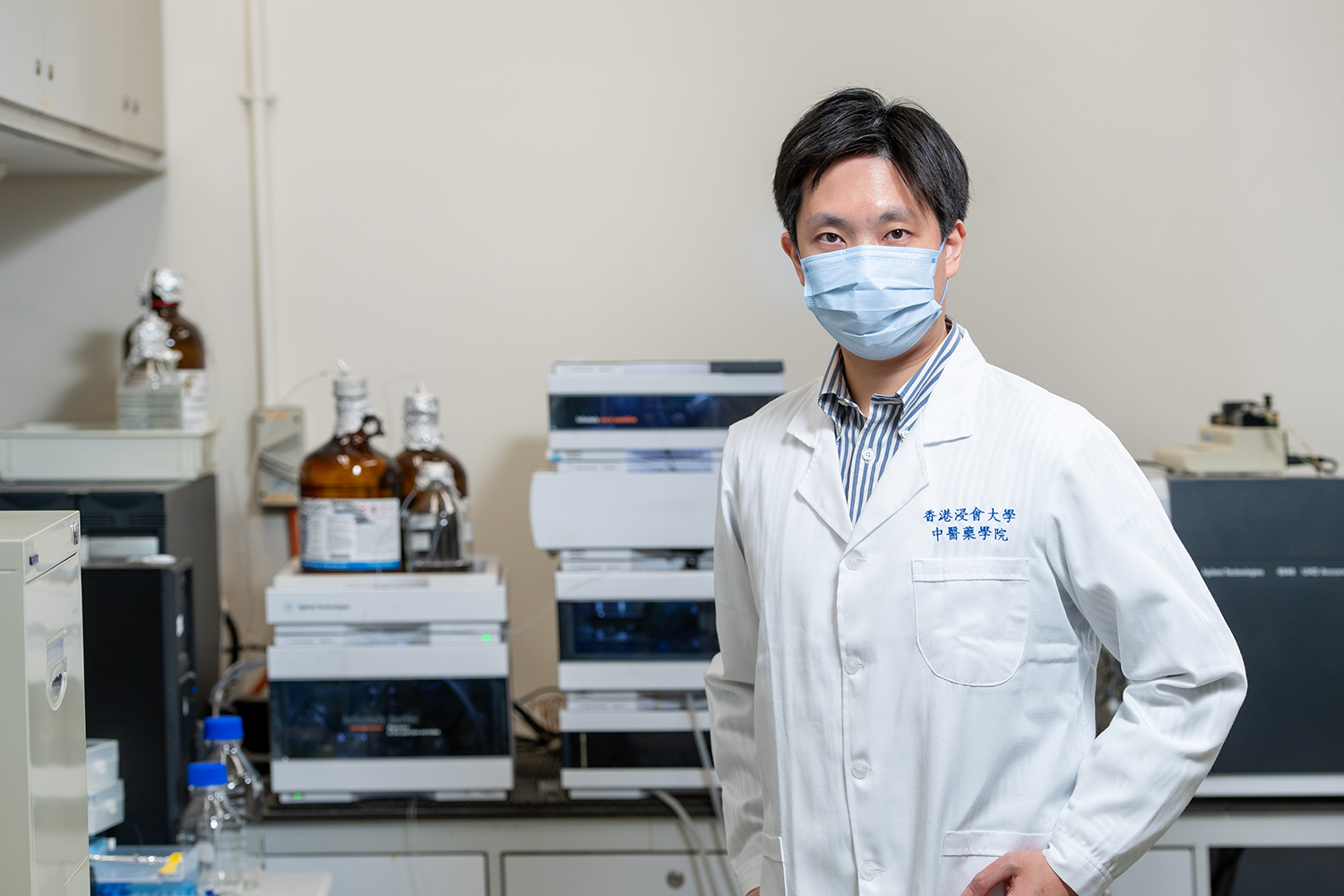Press Release


Research led by SCM identifies new regulatory mechanism for insulin resistance and therapeutic target for age-related diabetes
29 June 2022
Type 2 diabetes (T2D), which has currently become a global epidemic, is a chronic metabolic disorder estimated to be affecting 370 million adults worldwide. In healthy people, the pancreas secretes insulin, a hormone that controls blood sugar levels after food consumption. In people with T2D, the insulin-sensitive tissues, such as those in the liver and muscles, do not respond to insulin; this condition is known as insulin resistance. As a consequence, sugar stays in the bloodstream for a longer time, leading to a series of T2D-associated health issues including loss of limbs, blindness and even death. It is well known that the prevalence of insulin resistance and T2D increases with age. However, the mechanism underlying age-associated insulin resistance remains elusive. Identifying a factor that specifically controls insulin actions and investigating how it regulates insulin sensitivity during ageing may pave the way for innovative therapeutic strategies against T2D and other age-associated metabolic dysfunctions.
A research team led by Dr. Xavier Wong, Assistant Professor of the Teaching and Research Division of the School of Chinese Medicine (SCM), and Professor Bian Zhaoxiang, Director of the Clinical Division of SCM and Tsang Shiu Tim Endowed Professor in Chinese Medicine Clinical Studies at HKBU, identified a proteolytic enzyme called membrane-type 1 matrix metalloproteinase (MT1-MMP) which regulates the mechanism by which ageing causes the development of insulin resistance in humans and non-human primates and found that MT1-MMP could serve as a promising therapeutic target for the management of diabetes. The research findings were published in the internationally-renowned scientific journal Nature Communications.
Insulin sends signals to cells to take sugar out of the blood by binding with Insulin Receptor (IR). Controlling the level of IR can therefore affect the ability of insulin to regulate blood sugar levels, and thus help modulate glucose homeostasis. From this starting point, the research team conducted a series of experiments to investigate the regulatory effects of MT1-MMP on IR. They found that the activation of MT1-MMP increased with age in mice. The aged mice with depleted MT1-MMP exhibited improved insulin sensitivity and glucose tolerance compared to the control group. These results suggest that increased MT1-MMP activity could be a risk factor causing insulin resistance in ageing and depletion of MT1-MMP protects mice from age-associated insulin resistance. More importantly, increased activation of MT1-MMP could also be observed in aged monkeys and humans, revealing that the MT1-MMP-dependent regulatory mechanism of insulin action is conserved across vertebrates.
To understand the mechanism by which MT1-MMP inhibits insulin action, the research team conducted a series of molecular biology experiments involving animal models and cell culture. The results show that in cells with active MT1-MMP, a significant reduction in IR and thus insulin signalling was observed. It could be explained by MT1-MMP clipping IR from the surface of the insulin-sensitive cells, which blocks insulin from binding to IR and thus reduces insulin signalling.
The team also explored the therapeutic potential of targeting MT1-MMP for diabetes management, and found that pharmacological inhibition of MT1-MMP activities by a specific neutralising antibody resulted in significant improvement in metabolic parameters including glucose tolerance and insulin sensitivity in various diabetic mouse models. These results suggest that MT1-MMP is a potential therapeutic target for diabetes.
In their previous study published in Nature Metabolism, the team also showed that inhibition of MT1-MMP activities effectively reduces weight gain, a major risk factor for diabetes, in the mouse model of obesity. Thus, targeting MT1-MMP represents potential therapeutics for the management of both T2D and obesity, two diseases with a need for combined treatment strategies.
Apart from researchers from HKBU, the research team included scientists from The University of Hong Kong and the University of Texas Health Science Center at Houston.